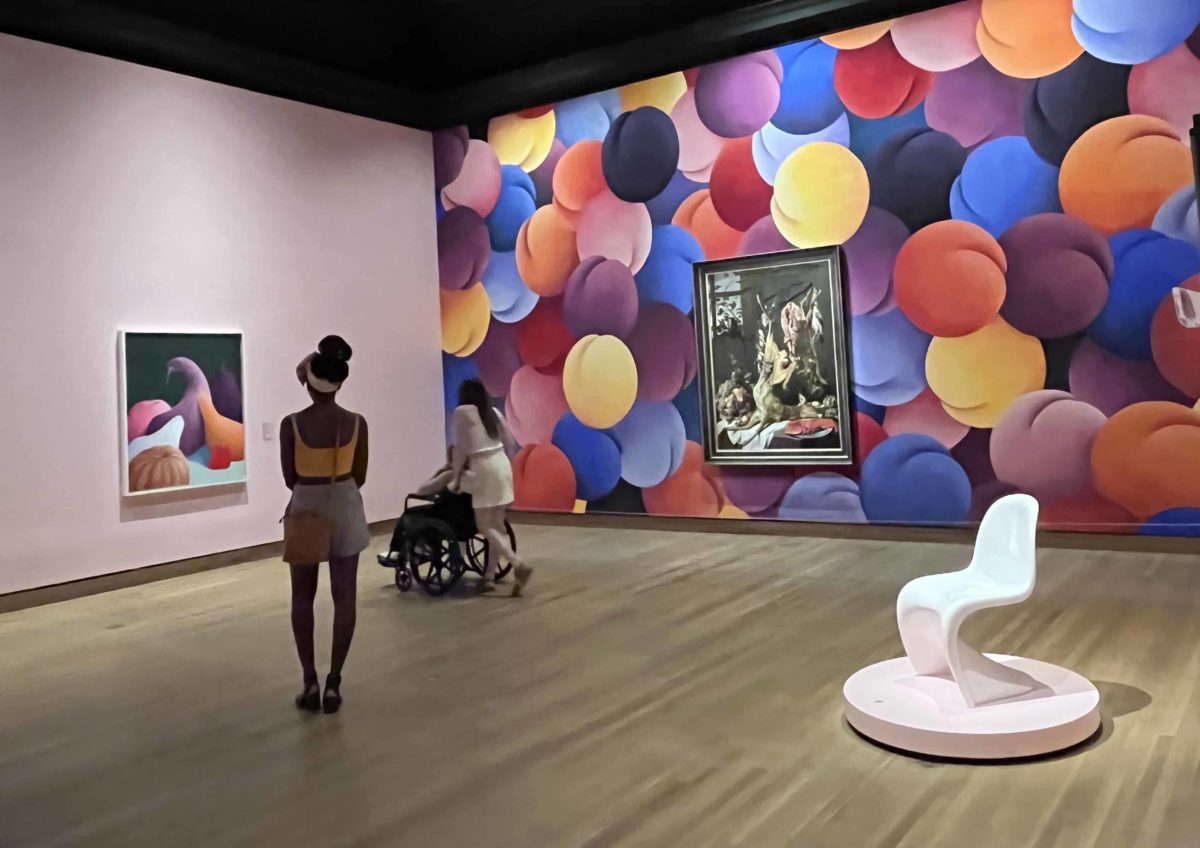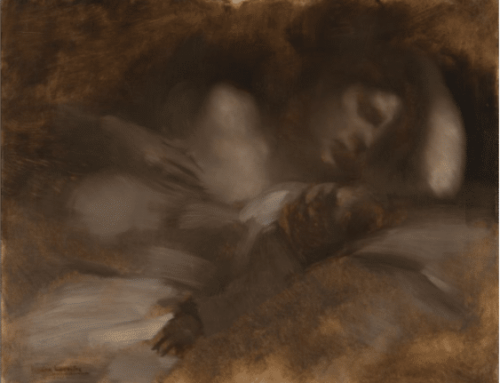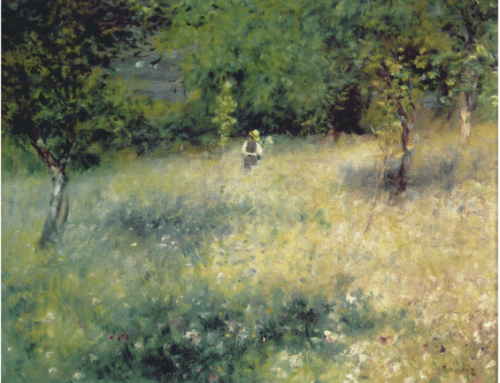Galleries have been on shaky ground ever since the Internet started looking like a viable place to show, buy, and sell art. However, while many artists these days make money selling online, but it’s rarely enough to pay all the bills.
So rather than rely solely on Etsy and social media, or online-only galleries or auctions, almost all of the professional, full-time representational artists I’m aware of use a grab-bag of several online outlets as well as real-life commercial galleries and exhibition spaces in a hybrid (“scattershot” might be more accurate) strategy with multiple “customer touch-points,” as marketing and PR folks say.
So specifically, why a gallery? Selling in a real gallery bumps you up a level or two on several fronts. Besides the generally higher price point for your work and the actual sales from a new demographic of patrons and collectors, a “brick and mortar” gallery confers a legitimacy that online can’t. It says that a knowledgable commercial institution is willing to give valuable wall space to your work, which they wouldn’t and couldn’t do if it wasn’t at least somewhat in demand. It also gets you face to face with your people – openings give you the opportunity to meet in person with the individuals who connect with your work.
Yes, you have to “give away half the price to the gallery,” but that’s entirely the wrong attitude. Beginners who balk at the industry-standard 50/50 split don’t understand that the gallery is 1. taking a chance by spending real money to show and promote their work and build an audience of art-lovers with means who wouldn’t otherwise see it, 2. setting and getting a higher price for their work than they could get on their own, and 3. providing priceless validation that raises the value of their “brand” in a way that builds longterm careers.
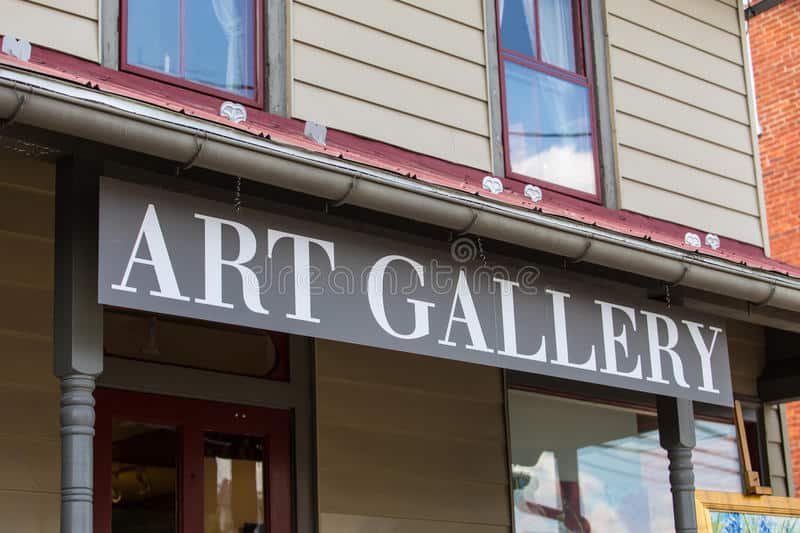
There’s no one-size-fits-all way of getting your work into a gallery. If you “work harder than anyone else in the room” to make amazing work, it will find its own audience eventually. But that said, no one gets “discovered” without marketing themselves and getting their work seen.
If you have the guts to walk into a gallery cold and try to get the person at the desk to look at your work on your phone, well you’re braver than I. It’s generally “not done,” but who knows, for that very reason it may just work for you.
Otherwise, you have the following choices: email them or visit the gallery. If you choose to email them, ask if they are looking at new artists. Don’t send attachments; you’re just making a first impression/connection. If you get a positive reply, THEN feel free to send pics and links. However, either way this strategy nine out of 10 times is a waste of time. Galleries get literally dozens of such emails daily.
Better to show up in person. The best way to get into a gallery is to make sure ahead of time that the gallery is a good fit for your work – know in your bones that you’d fit right in – and then GO TO THE GALLERY. Attend their openings, chat up the artists they represent, strike up a conversation (not a marketing pitch) with the gallerists, and find out if these even seem like people you’d like to work with.
Yes? Then just “be around” so much they get to know who you are. Show interest in the gallery and its artists. Maybe email them your take or thanks after one of their openings, happen stop in “on your way to somewhere else,” share a laugh at an artist’s reception or two, discuss art, artists, and marketing with them a few times (what you’ll learn by doing all this is worth your time no matter what), and THEN casually mention you’re an artist looking for representation and do they know anyone looking for new artists who might be interested in seeing a portfolio from you? If you have to travel annoying distances to do this, so be it. Yes, it takes commitment, research, face-time, all of it, but this is the way.
Beyond that, lore has it that being recommended to the gallery by patrons, collectors, or other artists already in their “stable” can be a good way to break through the noise and at least get someone at the gallery to look at your website. Always check out the list of other artists and their websites (and perhaps where else they show their work). Perhaps you can befriend one by asking questions about their experience with the gallery, cultivate a relationship, and eventually ask to be introduced to the curator, either by email or in person.
Artists (pretty much ALL of them, unless they teach for a living) have to basically hold part-time jobs as their own public relations, marketing, and sales departments, whether they’re showing in galleries or not. And no one ignores online anymore, either, so there’s that.
Inside Art publisher Eric Rhoads has a front-row seat to the business of selling and marketing representational art like no one else. He shares what he’s learned about how to make art into a full-time (or even half-time) career in a series of videos available from Streamline Publishing.
Mystery Solved: It’s a Desert Bunny!
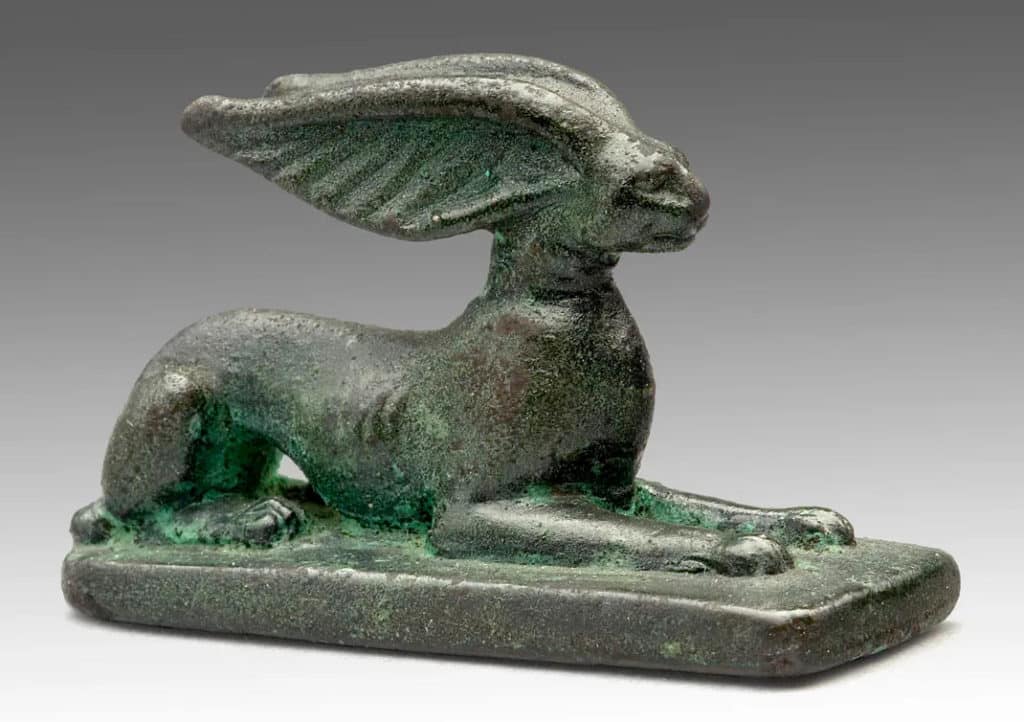
Hare, Ancient Egyptian bronze, Montreal Musee des Beaux Arts
Thanks to artist Stan Moeller who identified the “mystery critter” we featured in this space several days ago. Turns out “jackalope” wasn’t entirely off base: it’s a bronze hare from Egypt’s Late Period, 26th Dynasty (664-525 B.C.E.). Hares were considered good omens symbols of luck for their quick reproductive capacities and their surprising ability to survive in the desert.
The term “unen” (pr. wn) in Egyptian signifies both “hare” and “to be,” so that tells you something about how these astonishing creatures were seen by the ancient Egyptians. The association of rabbits with luck persisted for millennia. Anyone remember day-glo “lucky” rabbits’ feet keychains? Fess up!
In the antiquities,
Chris

